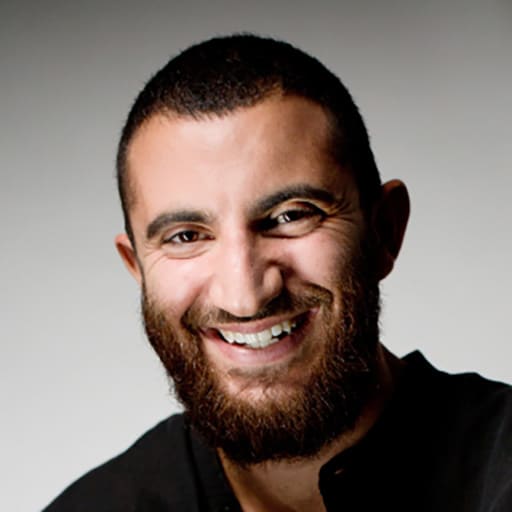
Yan Morvan in 150 stories, each printed in three hundred copies. The publishing house and independent bookstore Battcoop proposes a plunge into the Yan Morvan Archives with a series of notebooks, each about thirty pages long, filled with nothing but photographs. The theme is “war, sex, and violence,” says the French photographer, who has seen everything and captured everything in the four corners of the world. For over forty years, he has been photographing wars, gangs, and even erotic-pornographic encounters. “I am curious, curious about everything. I’m interested in everything.”
Morvan started out by photographing rebels, guys in leather, old-school thugs whose “black jackets” populate his first monograph, Le Cuir et la Baston [Leather and Brawl] published in 1977, now out of print. Morvan studied mathematics, but his path was all laid out: He was going to be a photographer. He worked for Paris Match, shooting portraits and finding scoops at “a time when you had to put yourself out there as a photographer.” The Figaro Magazine sent him to the French region of Larzac where peasants were fighting a governmental project to expand a military base. Yan Morvan went there twice, once to photograph the peasants, the second time to walk with them from Larzac to Paris. He wrote: “I accompanied the march for a few kilometers. I understand now that they were the ones who represented the true ‘march of progress.” In 2021, Morvan released a book based on this experience, entitled Larzac: La première ZAD, published by La Manufacture des Livres, with an introduction by José Bové (who can be seen riding a tractor in one picture). But Morvan is not an ideologue: a few weeks earlier, he had published 1981 with Edisens, a book on the Mitterrand years, which includes texts by French figures Jack Lang, Jean Auroux, and Edith Cresson.



As a young man, Yan Morvan was a “crypto-situationist,” but then time had passed. He was no longer on the left or on the right, he just was. He was a photographer who liked to photograph women and men. Their stories: stories that took him across the globe to meet fetishists, lepers, pilgrims. He crisscrossed France too: from the Nice seawall to shantytowns we are hardly ever shown, where they keep migrant workers from Africa, to the squats of Paris, and the punk movement that took him to parties at the nightclub Le Palace. But wars took up the largest chunk of his career. “I wanted to get my hands dirty, to be a part of history. Northern Ireland, Uganda, Mozambique, Rwanda, Afghanistan, Cambodia, Iran–Iraq, and the war in Lebanon, which he photographed for four years and which led to the publication of a book, Liban: Chroniques de guerre 1982–1985 [Lebanon: The War Chronicles 1982–1985]. The book is so moving that people who lived through that war find it heartbreaking to turn the pages. “I photographed the militias from all sides: the Phalangists, the Palestinians, the Druze…” He installed his camera on the demarcation line that separated Christians from Muslims in Beirut, and took portraits of the inhabitants, families, children. He photographed their despair and their pride. In Lebanon, Morvan almost died. Once. Twice. In Lebanon, Morvan experienced everything. He even tells us, “I even saved Yasser Arafat once!”


It was in 1999, during the war in Kosovo, that he realized that the world no longer needed him as a photojournalist. “I always tell the same story, but there were more than 150 of us photographers glued to a scene. I was fed up.” Yan Morvan quit, but not really. He decided to travel the world again to photograph battlefields for a long-term project that would end up “in a book weighing twelve kilos.” The idea was to document, then tell the story. From a photojournalist, he became “writer-photographer,” because Morvan adapts: he adapts to a society in flux. And what about today’s society? He is just as passionate about it. Listening to him talk about himself and the world, one would think that the man is still twenty years old: Morvan has the same passion, the same ardor as a young photographer who is just starting out, and this is what makes his work so exciting. “I dream of returning to Lebanon to photograph the inhabitants today, to go to Kabul among the Taliban, whom I knew well.” He visited the housing estates in Marseille to photograph the city gangs. Yan Morvan never talks about the “good old days.” The world changes and so does he. As long as life goes on, he will photograph it. And he will love it.
By Sabyl Ghoussoub
Born in Paris in 1988 into a Lebanese family, Sabyl Ghoussoub is a writer, columnist and curator. His second novel, Beyrouth entre parenthèses [Beirut in Parentheses] was released by Antilope editions in August 2020.
Visit the Yan Morvan Archives here. The Battcoop bookstore, 33 Rue Doudeauville, 75018 Paris.
Yan Morvan, Larzac 1979, La Manufacture des livres, €35, 140pp.
“Yan Morvan, Champs de bataille”, exhibition, until Friday, October 15th, Galerie de l’Étrave, Théâtre Maurice Novarina—Thonon.









